
7 minute read
Travel
6

of the world’s great sights
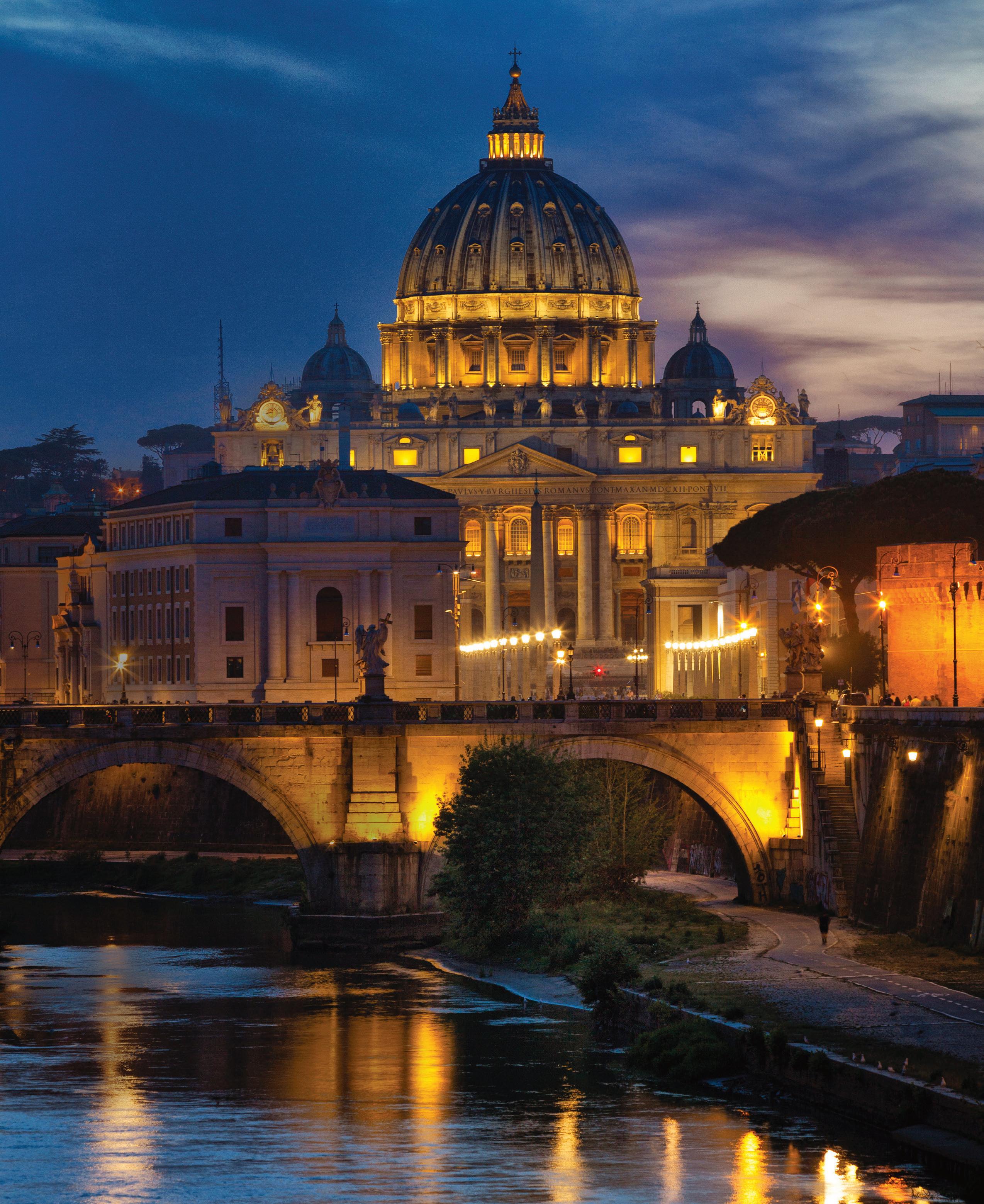
Till you’re prepared to pack your bags and fly, let virtually touring please your eye. By Donna Rolando



It’s a truism of travel that there’s nothing quite like going to famous places to see them for yourself. But in point of fact there is something sort of like it. It’s called staying comfy at home and seeing them anyway. For many of us, that will remain the preferred “sightseeing” alternative till there’s just a little less COVID-19 in the air.
Fortunately, today’s technology enables more vivid viewing of distant attractions than ever before. Virtual touring is fun in itself and a perfect tool for choosing and planning your next physical journey. Meanwhile, it won’t cause you to suffer jet lag and your legs won’t go to sleep as they do on a long jet flight.
There’s even talk that virtual travel may still prevail in some places after the pandemic as an eco-friendly solution to overtourism. The ancient city of Petra, featured on the following pages, is a perfect example. Foot travel is deteriorating its famed Treasury building, but virtual travel is as light a carbon imprint as you can get.
Here are six storied places so fascinating and dramatic that you may be subtly changed by the sight of them—even if it’s only on a screen. THE VATICAN AND ROME VATICAN CITY AND ITALY
Have you reunited with your inner muse during time spent in quarantine? Well, put down the paintbrush long enough to take a lesson from the master— Michelangelo, that is—during a tour of the Sistine Chapel.
Begin your journey with a 360-degree view of the Italian Renaissance artist’s much-celebrated ceiling, and don’t miss the chapel walls famous for frescoes depicting events from the life of Jesus and much more.
Why stop there? Many of the Vatican’s museums are just a few keyboard strokes away. Art lovers will also appreciate Raphael’s rooms, bursting with frescoes of the High Renaissance by Raphael and his pupils. The list goes on with the Pio Clementino Museum, Chiaramonti Museum and New Wing available through museivaticani.va/content/museivaticani/en/collezioni/musei/tour-virtuali-elenco.html.
Next stop, Rome—for a virtual walk and an opportunity to check out the famous Colosseum and explore other notable sites, such as the Appian Way, described as the most ancient street in the world. Or downtown Rome, the historic heart of the Eternal City, with its Pantheon, Spanish Steps and Trevi Fountain. You may not be able to toss a coin in the fountain, but you will probably feel lucky you came. Both are available to tour at joyofrome.com/virtual-walk-touring-from-home/.
THE GARDENS OF VERSAILLES ÎLE-DE-FRANCE, FRANCE
You may not be able to walk in the footsteps of French royalty, but a virtual experience of the famed gardens they inspired is the next best thing. In 1661, Louis XIV commissioned work on the almost 2,000-acre gardens and set in motion a 40-year project. His vision? The grounds should be as outstanding as the palace—quite an undertaking, considering that the land was woods, swamp and meadows.
The monumental task of creating these gardens was entrusted to French landscape architect André Le Nôtre, who designed a national treasure. Today the gardens are recognized the world over and have earned their place on the UNESCO World Heritage List.
Experience the gardens at //en.chateauversailles.fr/ discover/estate/gardens and then explore the palace through a fully immersive look at the Versailles of the 17th and 18th centuries. Even the masked ball held by Louis XV is there to discover.
In Paris itself, of course, there are many world-renowned landmarks, including the Louvre, home to da Vinci’s “Mona Lisa,” the Notre-Dame Cathedral and Eiffel Tower. Google Arts & Culture is offering virtual tours of the Eiffel Tower at: artsandculture.google.com/ streetview/tour-eiffel/, and the Louvre itself is sponsoring tours at louvre.fr/en/visites-en-ligne.
DEATH VALLEY NATIONAL PARK CALIFORNIA, U.S.A.
The name Death Valley imparts a sense of dread. Exposed rock and sand combined with a heat so intense, the sweat on one’s neck crystalizes into salt is hardly the stuff a dream vacation is made of. Or is it?
Sure, the park is a land of extreme contrasts: It holds the record as the hottest place in the world and stands out as the driest and lowest spot in North America. But Death Valley is worth exploring for its diverse landscape—everything from snow-capped peaks and sand dunes to rugged canyons and badlands.
You might be surprised that the 3.4 million acres known as Death Valley are home to an abundance of wildlife. Almost 400 species of native wildlife and more than 1,000 plant species thrive in the park, which consists of 11 mountain ranges and even oasis-like environments. It has made those who have witnessed the vitality of Death Valley question whether its name is justified.
The good news is that you don’t need to pack water bottles—summer’s heat calls for a gallon of water a day in Death Valley—to discover this national park virtually. The National Park Service has the Death Valley Explorer Series and other videos that take virtual visitors inside the park while still in their PJs. Choose one or all at nps.gov/deva/learn/photosmultimedia/ videos.htm.
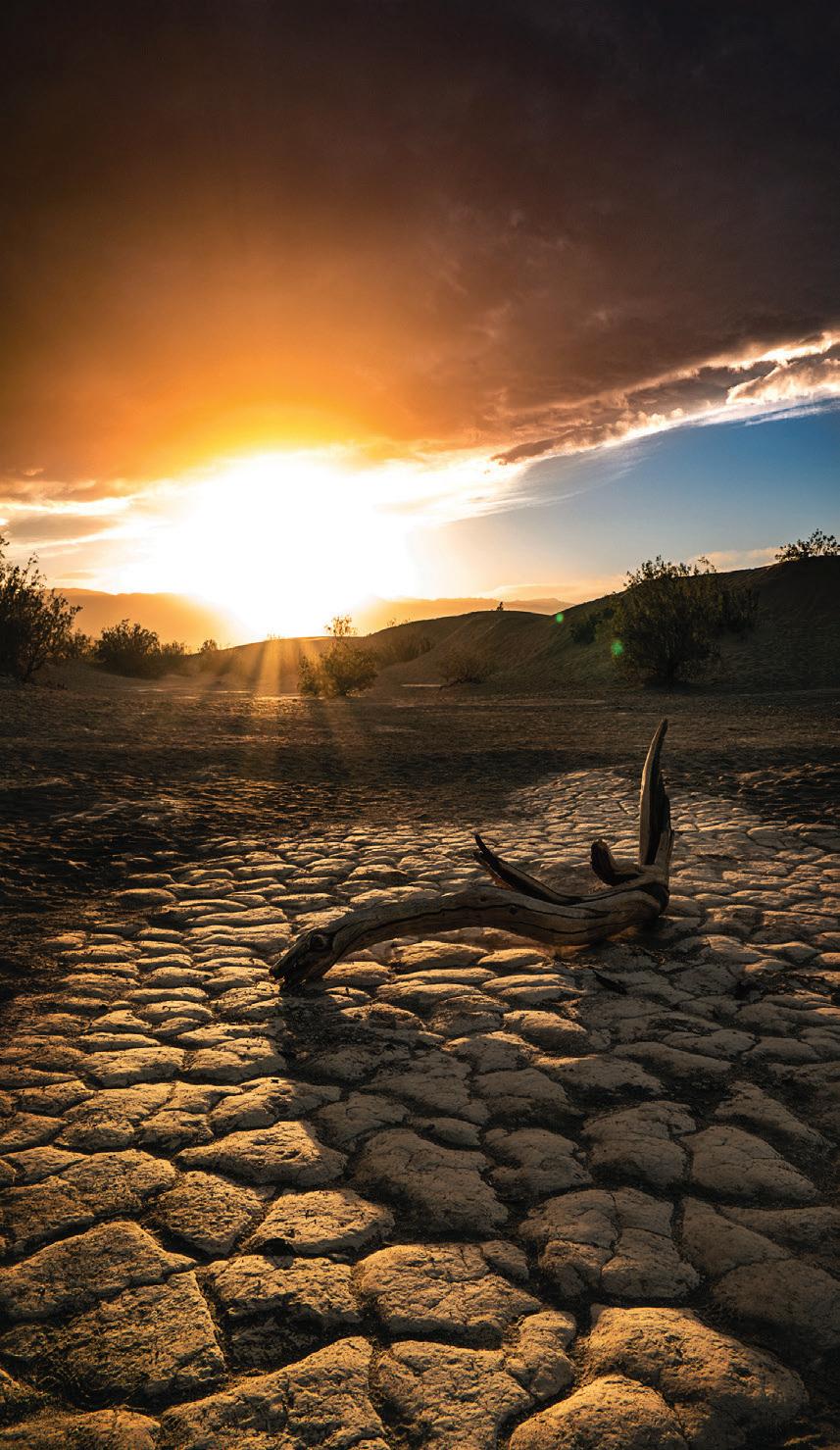
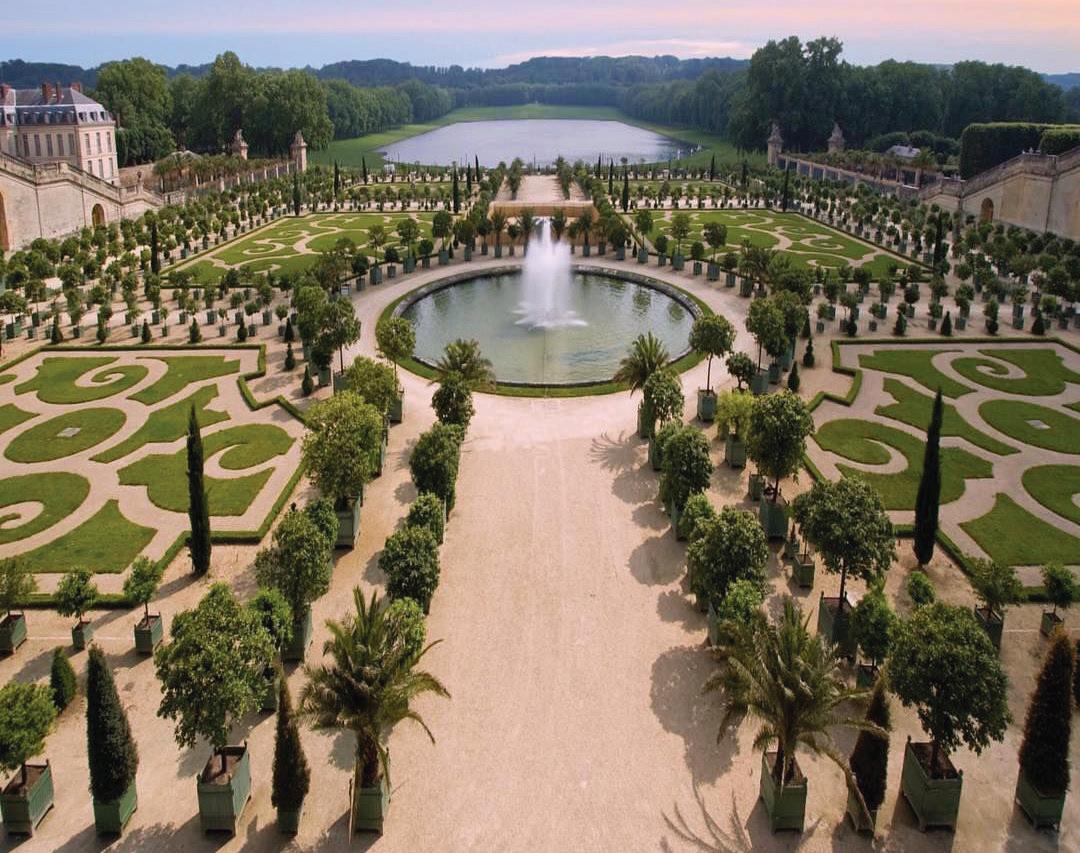
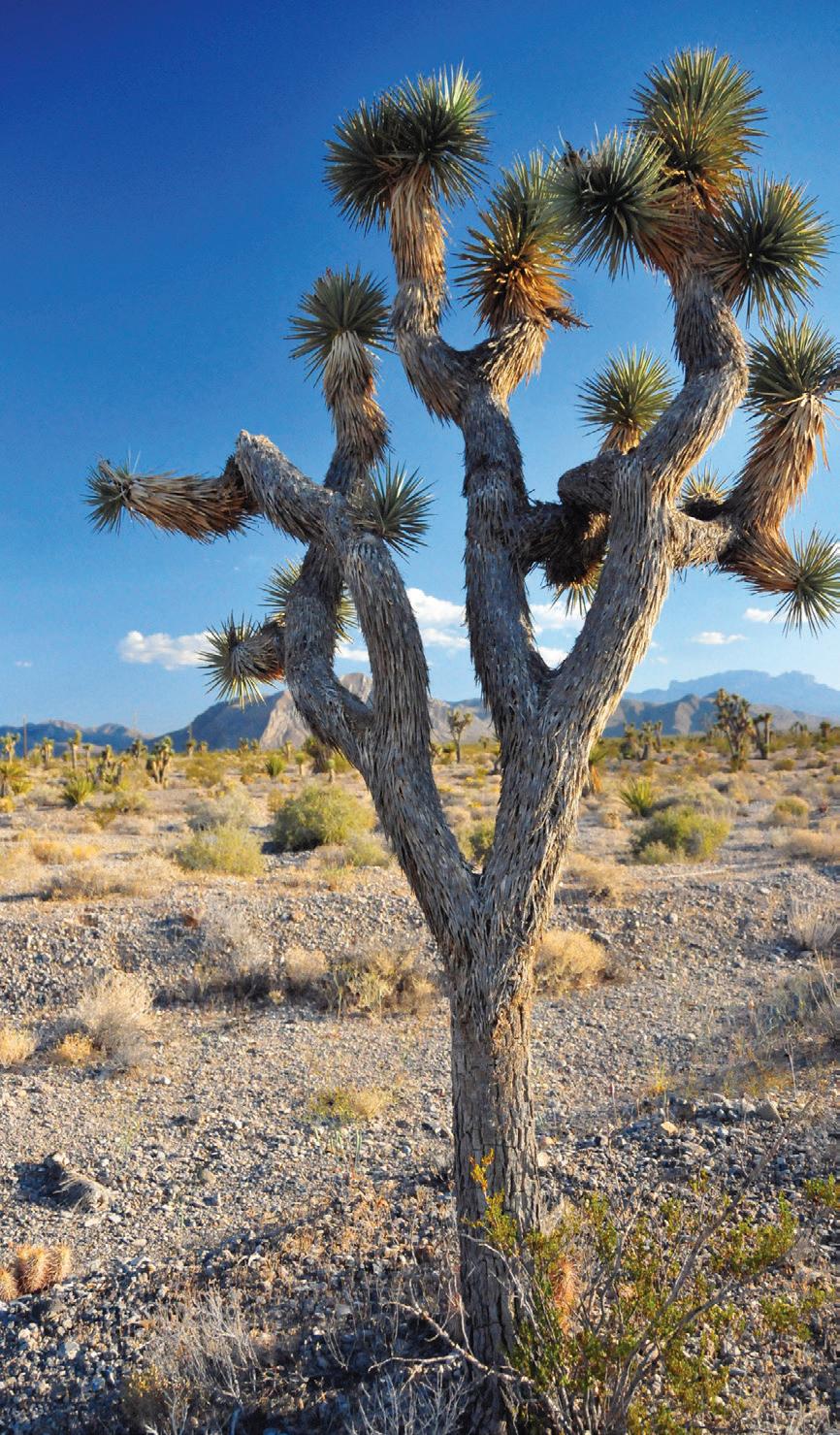
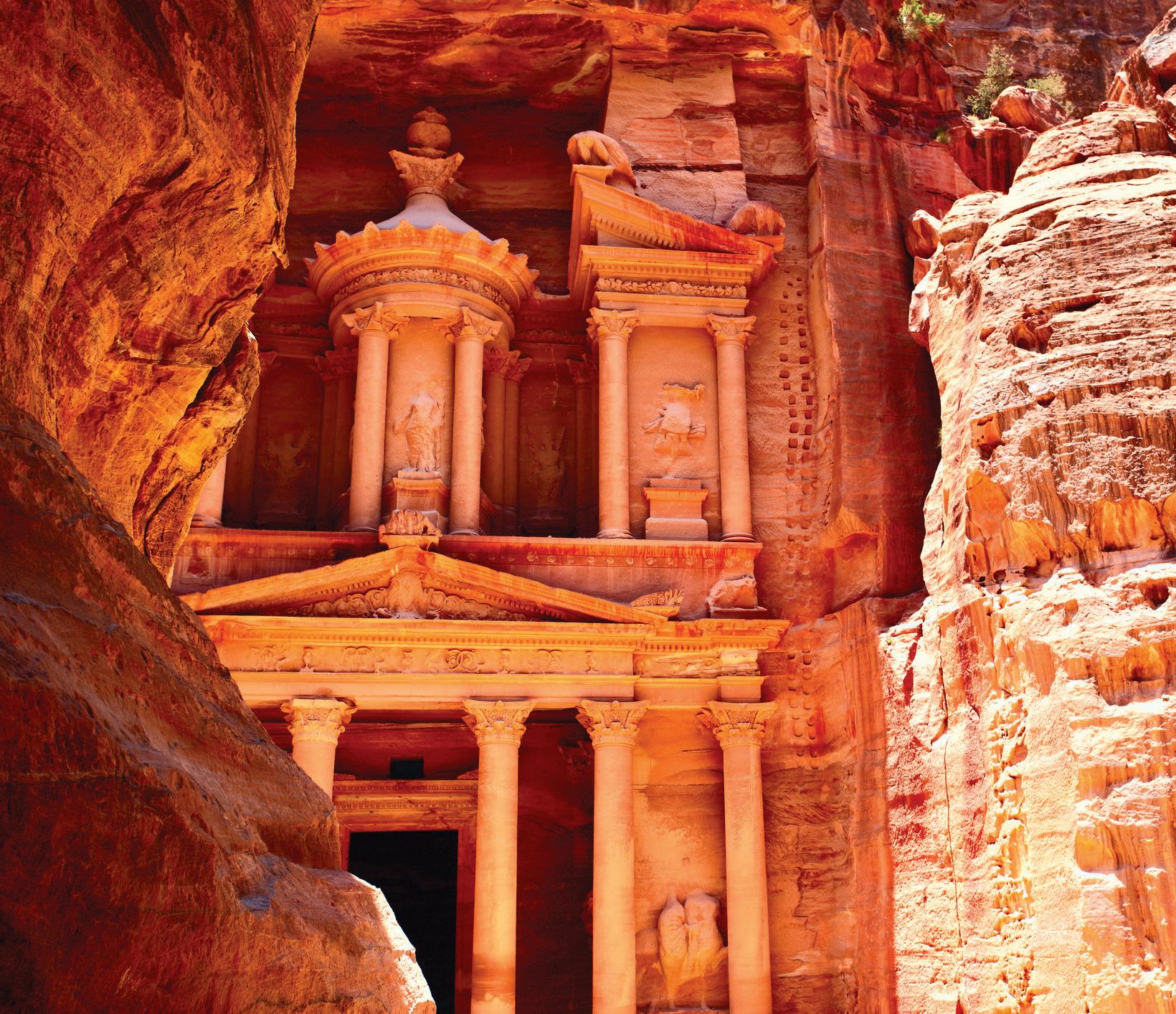


PETRA, MA’AN GOVERNORATE JORDAN
To beat the pandemic blahs, you might catch an old Indiana Jones movie and dream of what you’d be willing to do to discover an ancient city. Or you might inject a dose of realism into your adventure.
One of the world’s most famous archaeological sites, Petra in Jordan’s Ma’An Governorate, can be explored through a joint effort of Google Street View and Queen Rania. Happily, virtual footprints do not compromise the sandstone monuments or buildings like The Treasury, which has receded up to 40 millimeters over 10 years. And they sure beat enduring the desert heat to experience what was once a crucial crossroads between Arabia, Egypt and Syria-Phoenicia.
Petra has been around since the prehistoric times, and the virtual tour will be an opportunity to learn the life and culture of the Nabataeans, its once-nomadic Arabian inhabitants. Situated between the Red Sea and Dead Sea, much of this ancient city and UNESCO World Heritage Site was carved into rock mass.
Here, in buildings such as the Treasury and the Monastery one can see ancient Eastern customs merge with Hellenistic architecture. To experience Petra over a latte, go to: secretldn.com/ explore-petra-jordan-google-street-view/.
GREAT BARRIER REEF QUEENSLAND, AUSTRALIA
What’s the largest living thing on the planet? You might think it’s a whale shark with a weight of over 20 tons. Think again. The largest living thing on earth is the Great Barrier Reef, which exceeds the United Kingdom in land mass. This unique ecosystem is big enough to be visible from space.
One of the seven wonders of the natural world, the Great Barrier Reef is made up of more than 3,000 reef systems and coral cays, as well as hundreds of islands. This World Heritage Listed Site is a tourist hotspot, but with travel concerns, why not safely satisfy your yearning for discovery virtually?
The reef’s brilliant coral formations in crystal clear waters attract a great variety of fish—1,625 species, to be exact. There’s also the Great 8—those star attractions of the reef: manta rays, great turtles, the Giant Clam, clownfish, whales, sharks, potato cod and Maori Wrasse.
To take a dive into the reef, try a virtual tour made possible by the Great Barrier Reef Foundation—swimsuit is optional. This is more than the typical video experience. The foundation’s Seaview360 camera offers a variety of views that the tourist can navigate for the full virtual dive experience. Check out the virtual tour at readersdigest. co.uk/inspire/animals-pets/take-a-360-virtual-divearound-the-great-barrier-reef.
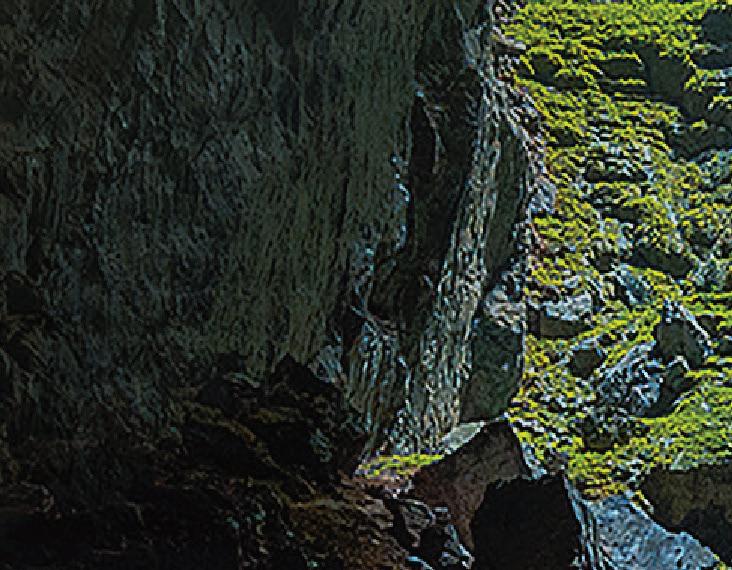
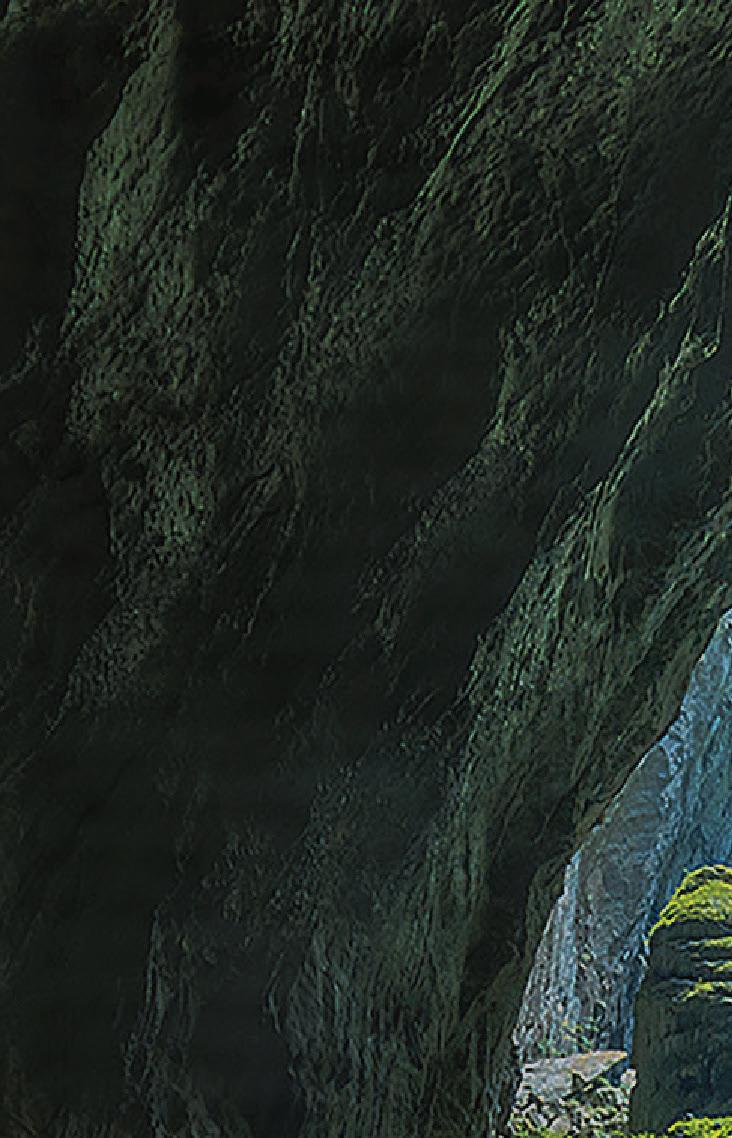
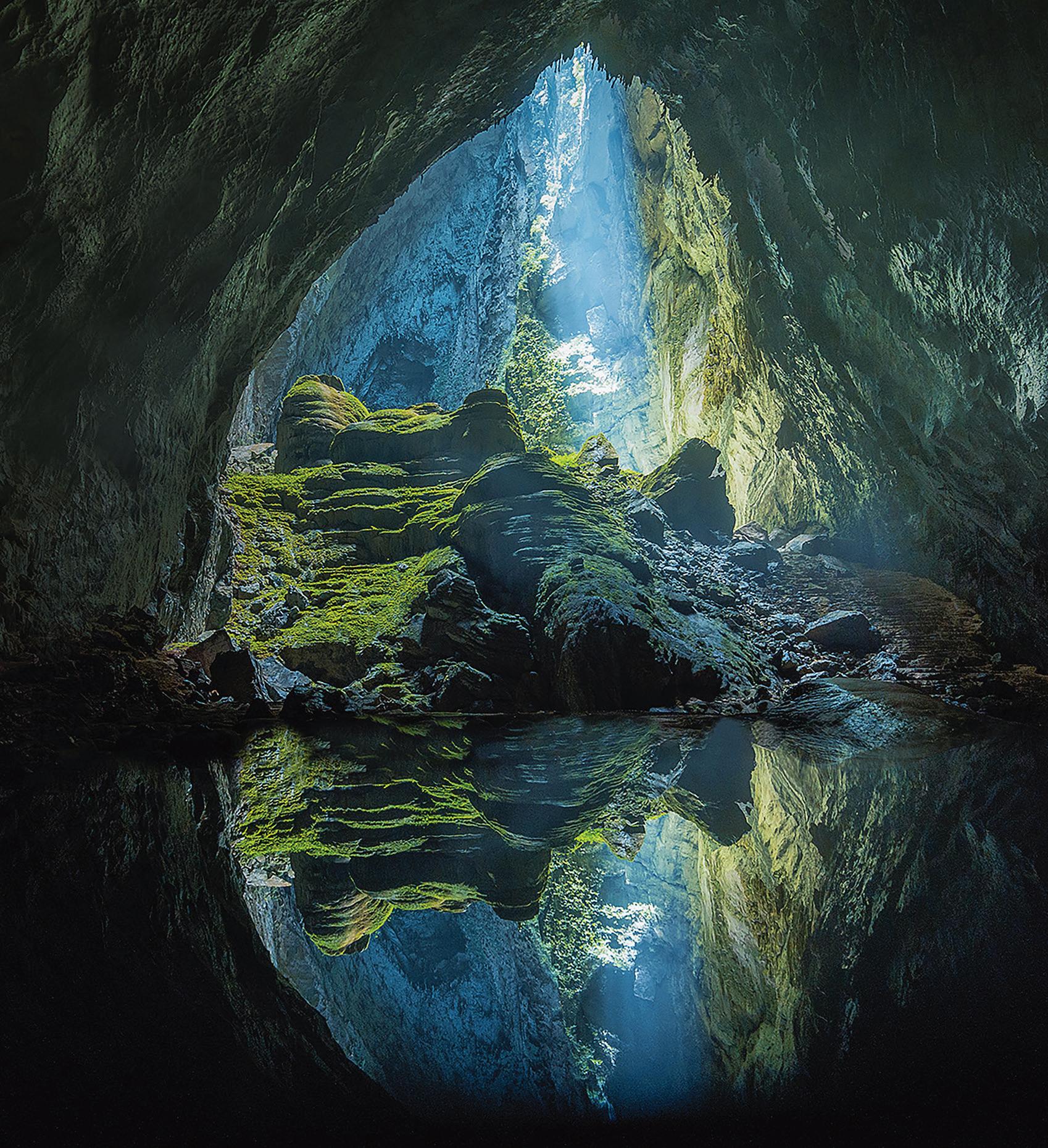
HANG SON ĐOÒNG VIETNAM
Think caves are only for bats? Discover why Hang Son Đoòng in Phong Nha-Kẻ Bàng National Park captures the heart of explorers the world over (even the armchair kind) in a 360-degree virtual tour from National Geographic: nationalgeographic.com/news- features/son-doong-cave/2/#s=pano37).
This national park is situated south of Hanoi between Laos and the South China Sea. Its connection to the Truong Son mountain range with its large limestone massif explains the formation of hundreds of caves. The length of these cave systems exceeds 200 kilometers.
Most outstanding is Son Doong, the world’s largest cave. Just follow the river (digitally, of course) and find the cave entrance to begin your exploration. Scientists estimate one of its stalagmites, Son Doong, is 2 to 5 million years old and was formed over millennia.
Whether you hunger for fine art Vatican style or a walk on the wild side in Death Valley, virtual tours invite discovery and learning. And with the pandemic causing travel jitters for many, they’re an opportunity to expand your horizons from safety of your home.







